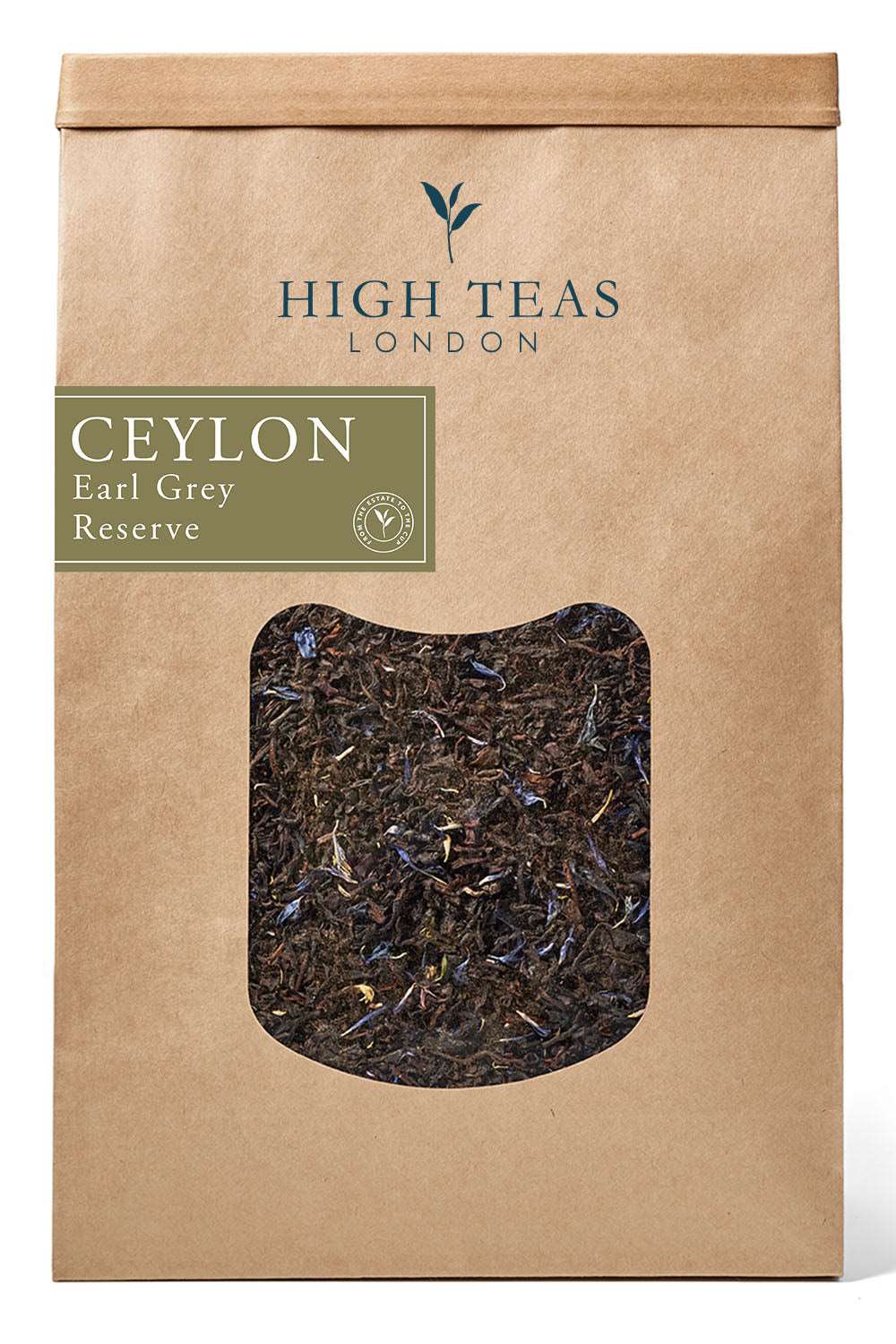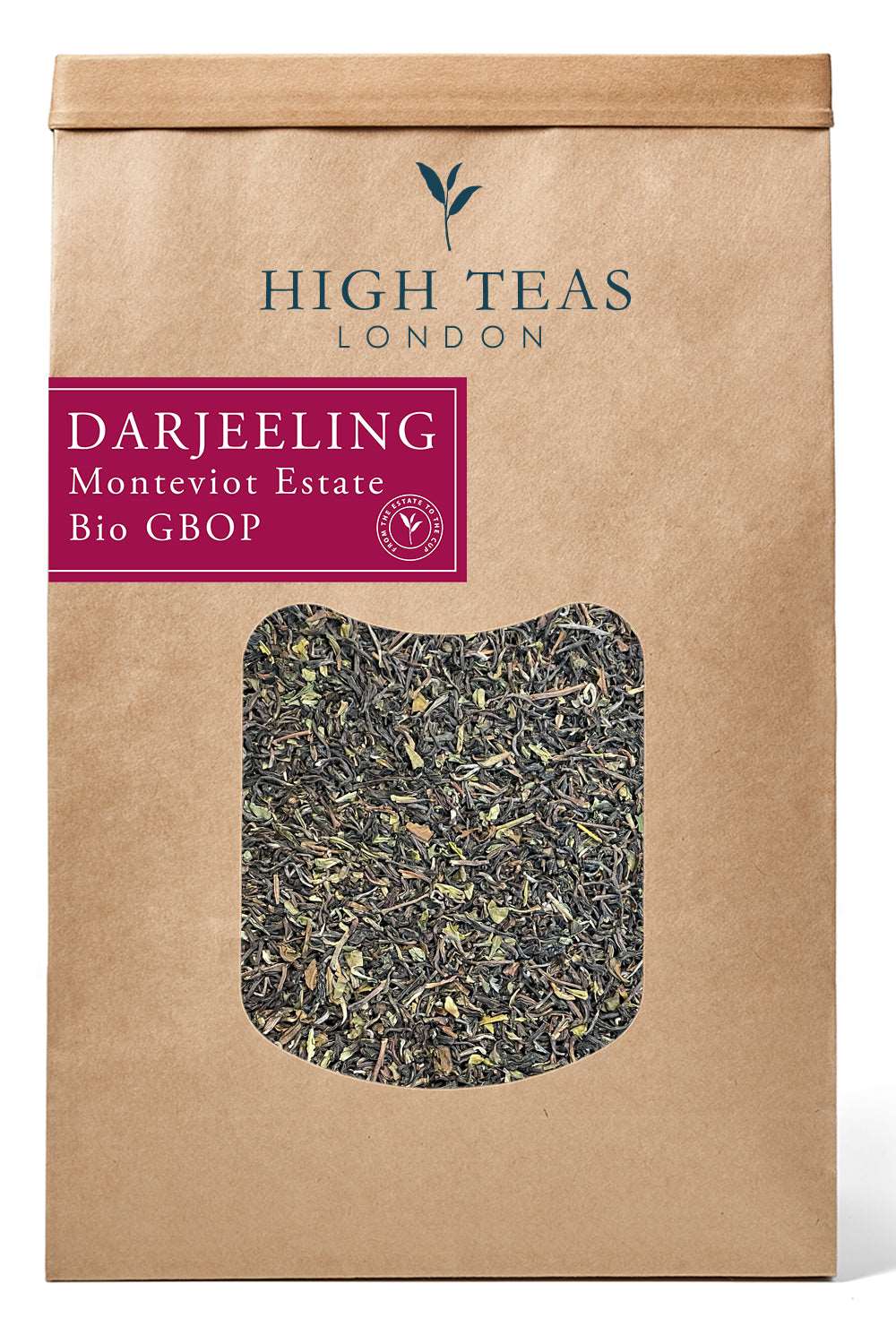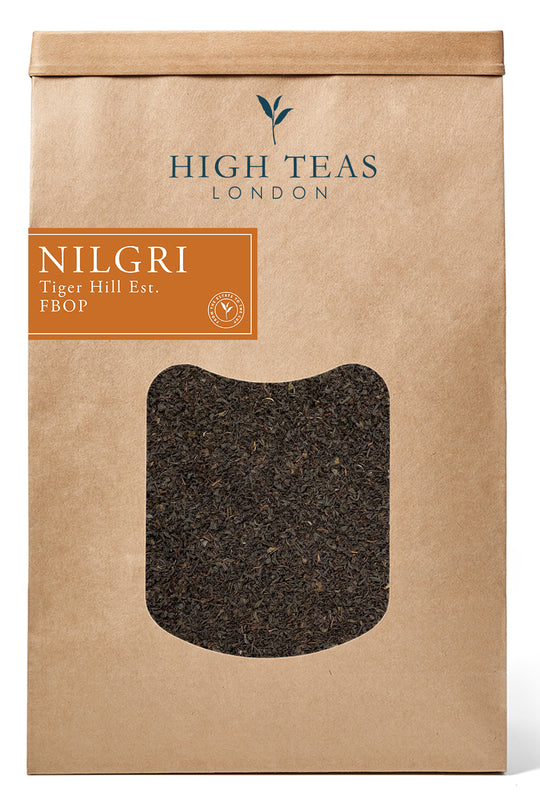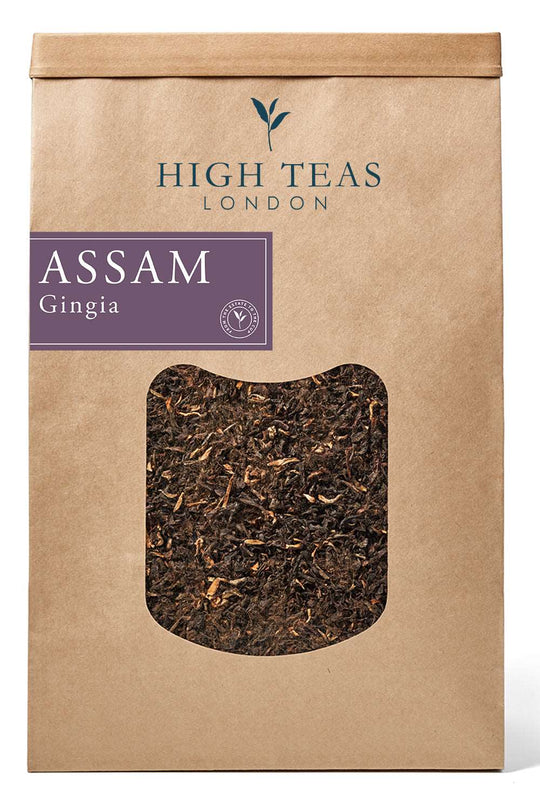The Tea Estate Box Review by Shannon

The new Tea Estate subscription box from High Teas is outstanding value for money. They truly have thought of everything, and just as I’ve come to expect from the folks at High Teas, they’ve lovingly added in those extra touches that they do best: for £10, this box comes not only bursting with four superb teas but also several samples of their fleecy tea bags, a convenient little spoon and a free collapsible infuser. The teas themselves are among some of their finest offerings: a golden Assam in its 2nd flush; an Earl Grey “Reserve” (spoiler alert: it contains blue cornflowers!) a perfectly ripe Darjeeling from a centuries-old estate that’s recently introduced organic techniques; and a beautifully fragrant Nilgiri, bursting with delicate sweetness.
This box is made for the tea lover – the true-blue, no-nonsense-in-the-cup drinker of real tea. Let’s start with the convenient fact that all of these teas have a recommended brewing temperature of 100 degrees Celsius. I haven’t got round to buying one of those fancy kettles that allows you to set the temperature, so knowing I can just set the kettle for boiling without the fuss of holding a thermometer in the kettle while steam clouds up my glasses is a great bonus. The brew times are also all similar, recommended at 3-5 for all. Because the focus of this box is teas from their finest estates, you’re able to sample a fantastic variety; the Earl Grey is actually a Ceylon blend, chosen from the finest offerings of both 1st and 2nd flushes from Nuwara Eliya, Dimbula and Uva, where the teas are grown at high altitudes, allowing the leaves to pick up the nuances of a multitude of local flora, including jasmine and cyprus. Yet, inhaling the dry leaves imparts the unmistakable scent of bergamot, also known as the Prince’s Pear. Everything about this little green citrus seems an anomaly, from its fragrant outside being more prized than its bitter inside, to the fact that it only blooms in winter. Add to this the delicate petals of the cornflower, which contributes an earthiness of its own, and this Ceylon Earl Grey Reserve easily lives up to the claim on the packaging: “We have been told repeatedly: This is the best Earl Grey I have ever tasted!”
The Darjeeling Monteviot comes to me in a desperate hour. I am a creature of habit and for a long time have been devoted to a blend by a certain department store in London who is renowned for its teas (but not, sadly, for its customer service). They have recently stopped producing this tea that I have been drinking religiously for the last year, with no explanation. It was a blend of Yunnan and Darjeeling, and just at the moment that I was fearing withdrawals, along popped the Darjeeling Monteviot from High Teas through my letterbox. I’m saved! The difference in the Flush (the Monteviot being a 2nd Flush) means that its stronger flavours can step in for the missing Yunnan. This Darjeeling leaves no room for wondering its variety, with the unmistakable muscatel scents shooting up in the hot steam like fireworks. The taste is as delicious as the smell. I’ve found my new tea altar; let the worshipping begin.
Quite similar to a Darjeeling and very nearby geographically, the Nilgiri Tiger Hill from High Teas is also a treat for the taste buds. The difference in elevation is what makes this tea stand out. Whereas Darjeelings are grown at higher elevations, Nilgiri teas are grown in dense crops surrounded by the heavily biodiverse tropical flora of the Shola forests, picking up the heady scents of whatever flowers may be growing nearby. This Nilgiri is sweet and lush, with hints of eucalyptus and lily – if I close my eyes, I can easily equate this tea with drinking a tropical rain shower.
Finally, I come to the Assam Gingia that’s included. This is a go-anywhere tea. These are important in my life, because not all teas travel well. As an American transplant I have never quite grown out of the habit of bringing a hot drink with me everywhere (in the classroom, the car, the gymnasium pool…) I’ve given this subject considerable thought and I think the reason some teas don’t travel well is due to the vessel used to transport it. I’ve read that porcelain is the best material to hold tea, as it can impact its body and taste. This Assam Gingia, however, stands up well, even housed inside a plastic travel cup. The body is not impacted in the least, remaining as robust and malty still an hour after brewing, and the bright astringent taste makes it a great breakfast tea as well as the perfect nursemaid to get through that uncomfortable 3:00-slump. This is probably why it’s described by High Teas as “a self-drinker.”
All in all, the teas in this Estate box will keep you satisfied whatever your tea mood, whether you’re looking for a fragrant tea to unwind, or an all-rounder that will see you through the morning to evening rush hours.






